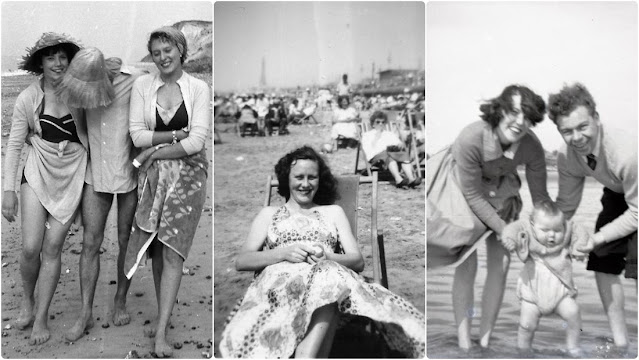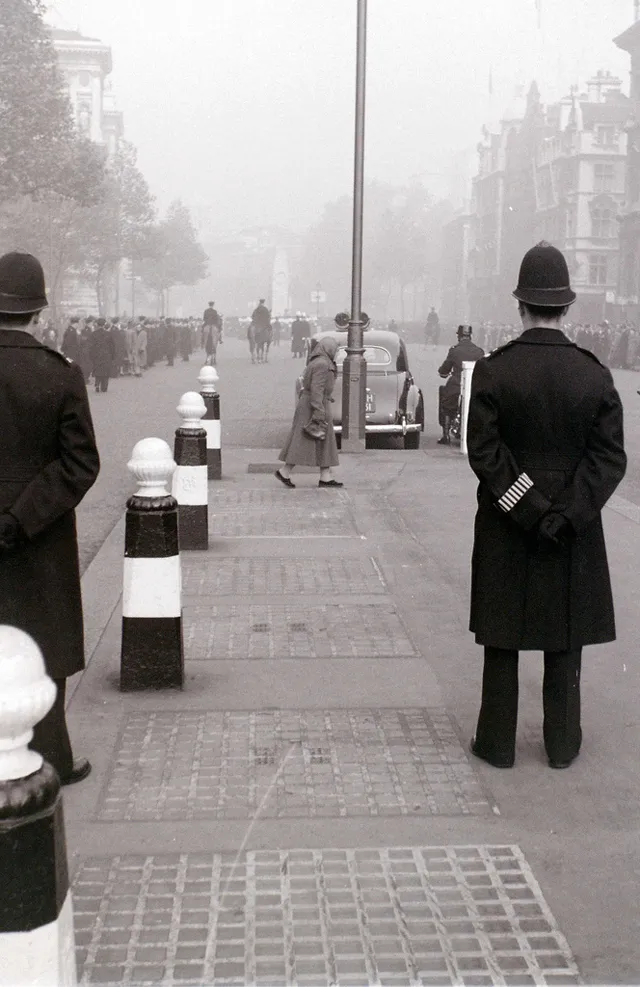Queen Elizabeth’s husband Prince Philip, the Duke of Edinburgh, has died Friday at the age of 99. He was the longest-serving royal consort in British history and the oldest serving partner of a reigning monarch.
“It is with deep sorrow that Her Majesty The Queen announces the death of her beloved husband, His Royal Highness The Prince Philip, Duke of Edinburgh,” reads a statement released by the royal family.
“His Royal Highness passed away peacefully this morning at Windsor Castle. Further announcements will be made in due course. The Royal Family join with people around the world in mourning his loss.”
In light of the sad news, we’re taking a look back at his childhood during the 1920s and 1930s:
Prince Philip was born Prince Philip of Greece and Denmark on June 10, 1921. His mother, the former Princess Alice of Battenberg, was a great-granddaughter of Queen Victoria. Born at Windsor Castle, she was found to be profoundly deaf but learned to speak and lip-read in at least four languages. His father was Prince Andrew, fourth son of King George I of the Hellenes. The Greek royal family was anything but Greek; the King was born into the Danish royal family – the reason the dynasty is referred to as “of Greece and Denmark” – and at the time of Philip's birth the family was closely linked through marriage and descent to the royal families of Great Britain, Russia, Prussia, the Grand Duchy of Hesse and, of course, Denmark. His parents had married in 1903 and Philip had four considerably older sisters: Margarita, Theodora, Cécile, and Sophie.
The current Greek monarchy had only been established in 1863 and had often been at war, both internal and external. The were frequently at odds with their own often openly antagonistic government, and had fought a series of wars with their Balkan neighbors. And in 1917 at the height of World War I, the opposition of the government to the Royal Family's stance of neutrality eventually led to Philip's uncle, King Constantine I, being forced to abdicate. Most of the family would go into exile in Switzerland. As it turned out, they were recalled three years later, but at the time of Philip's birth in 1921, once more at war with the Turks, the régime was again faltering. In September of the following year King Constantine was forced to abdicate a second time, and three months later the eighteen-month-old prince and his immediate family left Greece aboard a British naval vessel. They settled in the Paris suburb of Saint-Cloud in a house lent to them by a wealthy relative, Princess George of Greece, née Princess Marie Bonaparte.
By the end of the decade, Princess Andrew had gradually succumbed to mental illness, suffering hyper-religious and sexual delusions, which was eventually diagnosed as paranoid schizophrenia. She would be institutionalized for some time and then spend several years living an itinerant existence in central Europe, incognito; her own mother was the only family member with whom she retained contact. From the summer of 1932 until the spring of 1937, Philip neither saw nor received any word from his mother, not even a birthday card. She would finally begin to reconnect with her family in 1937, when her son was fifteen.
In the meantime, in the space of eight months in 1930-31 when he was only ten years old, all four of his sisters married into German princely and grand ducal families. (Without the presence of their mother.) And, his parent’s marriage having crumbled under the weight of their enforced retirement and, later, the Princess’ illness, Philip’s father fairly abandoned the family, going to live aimlessly on the French Riviera in a series of apartments and hotel rooms with a series of mistresses.
Prince Philip had first been educated at the MacJannet American school in Paris, but in 1928 when he was seven, he was sent to England to attend Cheam School. Then, in 1933, he was sent to the progressive Schule Schloss Salem in Germany, which was supported by the family of his sister Theodora’s husband, Berthold, Margrave of Baden. That same year, the school’s Jewish founder was forced to flee Nazi Germany but founded Gordonstoun school in Scotland in the following year; after two terms at Salem, Philip would move to Gordonstoun, where he would graduate in 1939.
During his school days, from the age of seven to the age of eighteen, the young prince was effectively an orphan and homeless. When on school holiday or at times like Christmas, he was shuttled between relatives in England and Germany, often staying with his maternal grandmother, the Dowager Marchioness of Milford Haven, and her sons, George Mountbatten, 2nd Marquess of Milford Haven and Lord Louis Mountbatten. In the space left for one’s address in visitors’ books, he would write “of no fixed abode”.
He would later say matter-of-factly, “It’s simply what happened. The family broke up. My mother was ill, my sisters were married, my father was in the south of France. I just had to get on with it. You do. One does.” And when an interviewer had asked what language his family had spoken at home, he replied, “What do you mean, at home?”
In 1939 he joined the Royal Navy, the Second World War began, he met his future wife, then-Princess Elizabeth, for the first time – she was both a third cousin through Queen Victoria, and second cousin once removed through King Christian IX of Denmark; she was thirteen years old to his eighteen – and his future was set. Eight years later, in 1947, the two were married; their sixty-ninth anniversary is on the twentieth of this November.
 |
| With his mother, 1921. |

|
| Alice of Battenberg and infant son Prince Philip of Greece, 1921. |
 |
| Circa 1922. |
 |
| Prince Philip of Greece in July 1922. |
 |
| July 1922. |
 |
| With his parents and sisters, circa 1922. |
 |
| Prince Philip (center) with parents, ca. 1923. |
 |
| Circa 1925-26. |
 |
| Circa 1925-26. |
 |
| Philip with his mother, ca. 1926. |
 |
| Philip photograph by Emile Markovitch, 1927. |
 |
| Philip photograph by Emile Markovitch, 1927. |
 |
| Philip with his second cousin King Michael of Romania, 1928. |
 |
| Philip (second from the right) pictured on holiday in Romania in September 1928. |
 |
| Prince Philip of England’s family poses for a photograph, October 1928. A young Prince Philip stands to the right of his mother, Princess Alice and Prince Andrew of Greece and Denmark. From left to right are Philip’s sisters, all Princesses of Greece & Denmark: Margarita, Theodora, Sophie, and Cecilie. |
 |
| 1929. |
 |
| Philip of Greece (second from the left) trying his hand at archery with his schoolmates at the MacJannet American school in France, ca. 1929. |
 |
| 1929. |
 |
| Philip photographed in traditional Greek Evzone costume by Emile Markovitch, 1930. |
 |
| Philip photographed in traditional Greek Evzone costume by Emile Markovitch, 1930. |
 |
| Philip photographed in traditional Greek Evzone costume by Emile Markovitch, 1930. |
 |
| At Cheam School, 1933. |
 |
| The Cheam School cricket team, 1934. Prince Philip is at top right. |
 |
| Circa 1934-36. |
 |
| Philip, left, in costume for a production of MacBeth at Gordonstoun in 1935. |
 |
| Dressed for the Gordonstoun School’s production of MacBeth, in Scotland. |
 |
| Dressed in costume for a play, circa 1936. |
 |
| Philip, pictured in the bottom row, third from left, with his school cricket team, 1938. |
 |
| Sitting on the roof of Gordonstoun School, circa 1938. |
 |
| Playing cricket at Gordonstoun, 1939. |
 |
| At Gordonstoun, 1939. |
 |
| At Gordonstoun, 1939. |
 |
| Circa mid to late 1930s. |
 |
| Circa late 1930s. |



